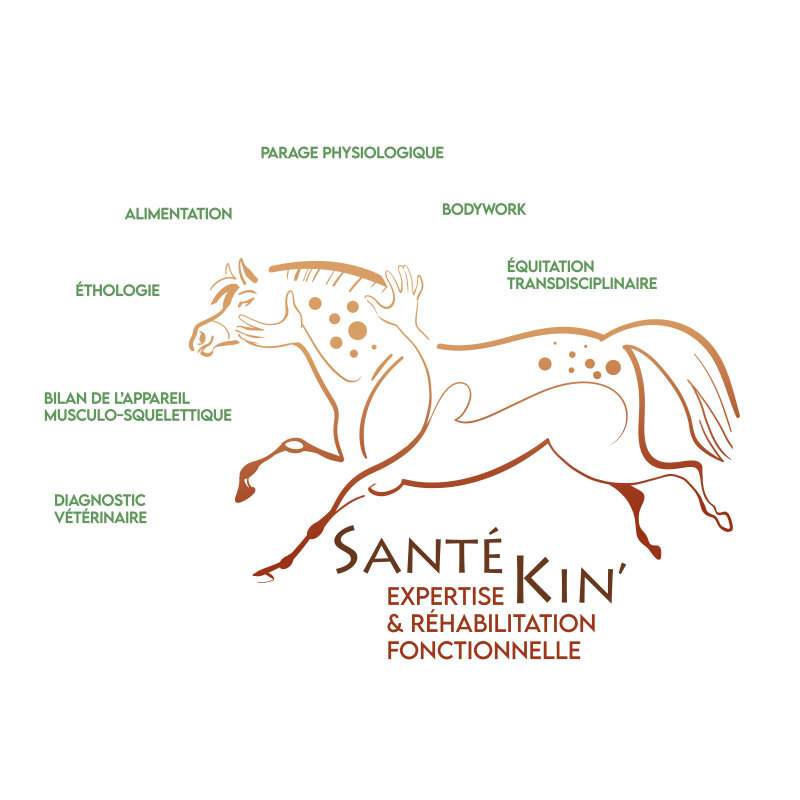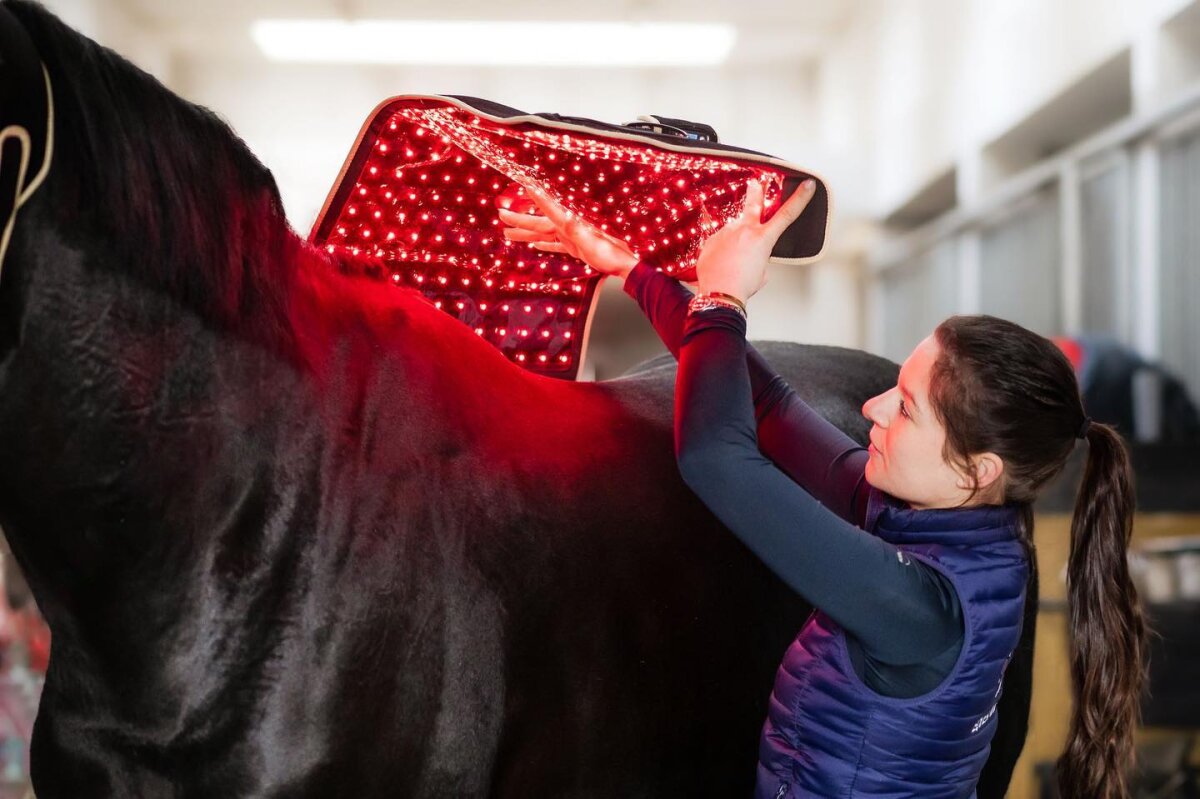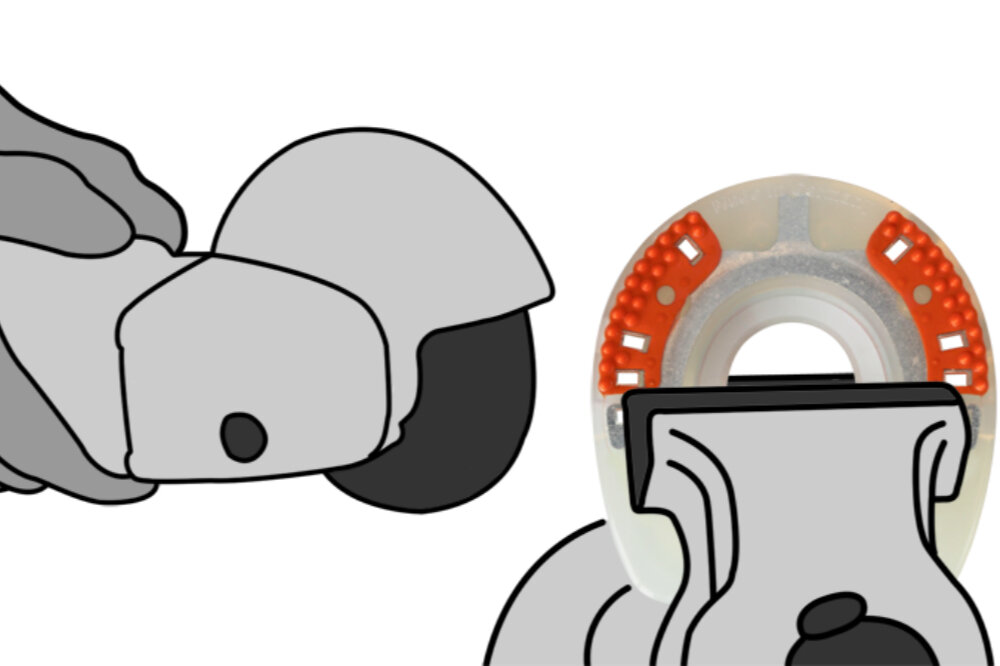What is protein?
Proteins comprise a group of chemical compounds (molecules). Since proteins are very large compared to other chemical compounds such as vitamins, they belong to the so-called macro-nutrients in horse feeding, which also include sugars (carbohydrates) and fats (lipids).The smallest components of proteins are the amino acids, of which the body has 21 different types. These so-called proteinogenic amino acids form chains. They are formed individually for each protein, giving it its characteristic function in the organism. All 21 amino acids are needed by the body in sufficient quantity to form and maintain all tissues and for metabolic function. The body can form some of these protein building blocks itself, but others must be absorbed through nutrients: these are called essential amino acids. In mammals, these are: isoleucine, leucine, lysine, methionine, phenylalanine, threonine, tryptophan and valine
Why do horses need protein?
Proteins are present in all organisms. They fulfil vital tasks in the bodies of animals as well as in plants and fungi. Proteins give cells and tissues both stability and flexibility (e.g. in bones, tendons, ligaments and muscles); in the form of enzymes they enable metabolic processes; as transport proteins they bring a wide variety of substances to their destination. In short: without protein, life would not exist.A journey through the digestive tract: not all proteins are the same
There are two different indications for protein content on horse feeds: the indication for crude protein content (%CP) is mandatory for most types of feed. More important in the context of horse feeds, however, is the content of crude protein that is digestible in the small intestine (prececal CP). What's the difference? To understand this better, we must closely examine the path of the protein in the horse's digestive tract.If the horse consumes protein through its feed, the first step of digestion takes place right in the stomach, as the hydrochloric acid in the gastric juice breaks down the three-dimensional structure of the proteins, thus making it easier for the digestive enzymes produced in the pancreas to break down the protein in the small intestine into smaller fragments. After this "enzymatic digestion", the proteins consist of shorter chains of two to three amino acids which can then be absorbed by the small intestine's mucous membrane. The breakdown into individual amino acids occurs inside the small intestine cells. Bound to the body's transport proteins, these now leave the cells and enter the bloodstream, where they start their journey to their destination.
All the proteins that cannot be absorbed by the horse's small intestine will then pass undigested into the large intestine, where it is further broken down by intestinal bacteria. However, the horse can no longer use this part of the dietary protein to synthesise its own body proteins, or only to a very limited extent, because the mucous membrane in the large intestine is very limited in its ability to absorb proteins. This means that, for example for growth or muscle growth, only prececal crude protein is useful. In horse feeds, therefore, this information is even more important than information on total crude protein content.
Whether or not the horse can digest proteins in the small intestine depends on how those proteins are bound in the feed. As a rule, the higher a feed's share of crude fibre, the more of the contained protein is also bound to this crude fibre. Since crude fibre is practically indigestible and can only be broken down by gut bacteria, crude fibre-bound protein will make its way undigested into the horse's large intestine. Consequently, this protein is primarily more beneficial to the gut flora and less to the horse, so a feed's content of prececal crude protein is always more relevant.
Recommended protein amounts for maintenance
To maintain all metabolic processes and tissue at physical rest, a horse must consume daily the amount of protein it loses through excretion, conversion and regeneration. The body has sophisticated mechanisms allowing it to "recycle" amino acids and use them to form new proteins, but it still depends on a certain daily intake of protein.Since 2014, the German Society for Nutritional Physiology (GfE) recommends a daily supply of 3 g of prececal crude protein (prececal CP) per kilogramme of metabolic weight for the maintenance requirements of a healthy horse. Metabolic weight (MW) is the horse's body weight by the power of 0.75 (BW0.75). This conversion takes into account that small horses have larger body surfaces in relation to their body weights. These larger surface proportions mean that they will have a different metabolism per kilogramme of body weight. That's why a 600 kg horse doesn't need twice as much protein as a 300 kg pony:
- Protein requirement for 600 kg: 600^0.75 = 121 kg met. KM -> 363 g prececal CP / day
- Protein requirement for 300 kg: 300^0.75 = 72 kg met. KM -> 216 g prececal CP / day
The calculated maintenance requirement does not factor any additional requirements from physical activity, growth, milk production or illness.
A medium-structure first-cut hay will contain on average about 50 grammes of prececal crude protein per kilogramme. If the horse receives the recommended daily supply of 1.5–2 kg of hay per 100 kg of body weight, the average nutrient content will already cover maintenance requirements:
- 600 kg horse, 9–12 kg hay -> 450–600 g prececal CP for a requirement of 363 g
- 300 kg pony, 4.5–6 kg hay -> 225–300 g prececal CP for a requirement of 216 g
Hay cut very late, conversely, will have a much lower content of prececal protein and amino acids, sometimes just half as much. Very late-cut hay is not always the best choice for horses who are inactive, either. In addition to cut, a hay's protein content will also be influenced by its composition and hygienic quality. Those who want to know precise composition can have their hay analysed in a laboratory for feed analysis (for example at LUFA Nord-West).
In summer turnout on meadows with good vegetation, even low-protein forage will provide enough protein, since young grass in particular has a high protein content. In winter, late-harvested hay may need to be supplemented with amino acids if the horse is not fed additional concentrate feed with a good protein content (for example a leisure horse who is an easy doer).
Protein and amino acid requirements of sport horses: especially when building muscle
Contrary to what many horse owners think, sport horses generally get enough protein. Protein requirements do increase slightly through physical exercise in comparison to maintenance levels, but energy requirements increase as well. Sport horses generally get an abundant supply of protein due to being fed higher amounts of roughage and concentrate feed, which contain both protein and energy. Depending on the protein content of roughage and feed, the challenge in preparing feed plans for high-performance horses (for instance racehorses) lies in preventing excess (rather than insufficient) protein, since daily high feed quantities mean high supplies of protein. The ration should not exceed the prececal crude protein requirement by more than two to three times. First-cut hay with a medium protein content as base feed, supplemented by concentrate feed like oats, pellets or müsli with a crude protein content below 16%, is well suited as feed for sport horses. Supplementing this with a plant oil (for example linseed oil) improves the energy supply without introducing more protein into the ration.
In contrast to the supply of protein during strength training is the supply of amino acids. A horse needs adequate quantities of all essential amino acids in order to form protein-containing tissue such as muscle. Methionine, lysine and threonine are the amino acids that are most often insufficient in a horse's diet, and their absence can lead to slowed muscle development. They are also referred to as limiting amino acids, because they temporally limit possible muscle development. To prevent the inhibiting effect of a limited supply during strength training, the supplementing of these amino acids is recommended. An amino acid supplement fed to the horse directly before or after training will bring the greatest possible benefit. The horse can then directly benefit from amino acids after a physical workout when it needs them for muscle regeneration and adaptation.

No protein, no growth: higher requirements for breeding and young horses
Growth is a physical process, and one which begins in utero. An unborn foal will begin to gain mass rapidly after the second trimester. The mother mare produces protein to ensure that the foal has sufficient amino acids for growing body tissue at this time. If the mare doesn't get enough protein from her feed, it will be taken from her own protein deposits (for example in muscle) so that her foal doesn't suffer from inadequate supply. Her daily protein requirement doubles in comparison to the maintenance requirement until the birth of the foal.

The mare's protein requirement increases even more when she begins to lactate, and stays high until the foal is in its second month of life. Her protein requirements will then fall back to normal levels when the foal is weaned if no extra protein is needed for physical work. As a weanling, the foal has an approximately 20% higher requirement for prececal CP compared to its later maintenance requirements as an adult horse.
The quality of protein in feeds given to broodmares and growing horses is also very important, especially sufficient levels of the essential amino acids lysine and methionine. Here, young pasture grass, high-protein, high-fibre feed and linseed cake are better sources than cereals.
Older and ailing horses: individual protein needs
In addition to the quantity of protein, a feed's amino acid composition also often plays a significant role in horses that are older or have underlying conditions.
As older horses lose their ability to chew properly, their ability to digest protein in the small intestine is reduced: whilst a horse with a full set of teeth can grind parts of the proteins bound to crude fibres with their molars and thus make them digestible, deteriorating dental conditions will reduce this ability. Then a feed can be supplemented with a feed containing a good amount of prececal protein.
Many older horses also suffer from Equine Cushing's disease, a symptom of which is marked loss of muscle tone. Affected horses often benefit from a larger supply of prececal protein in order to counteract the mobilisation of muscles as "protein stores".
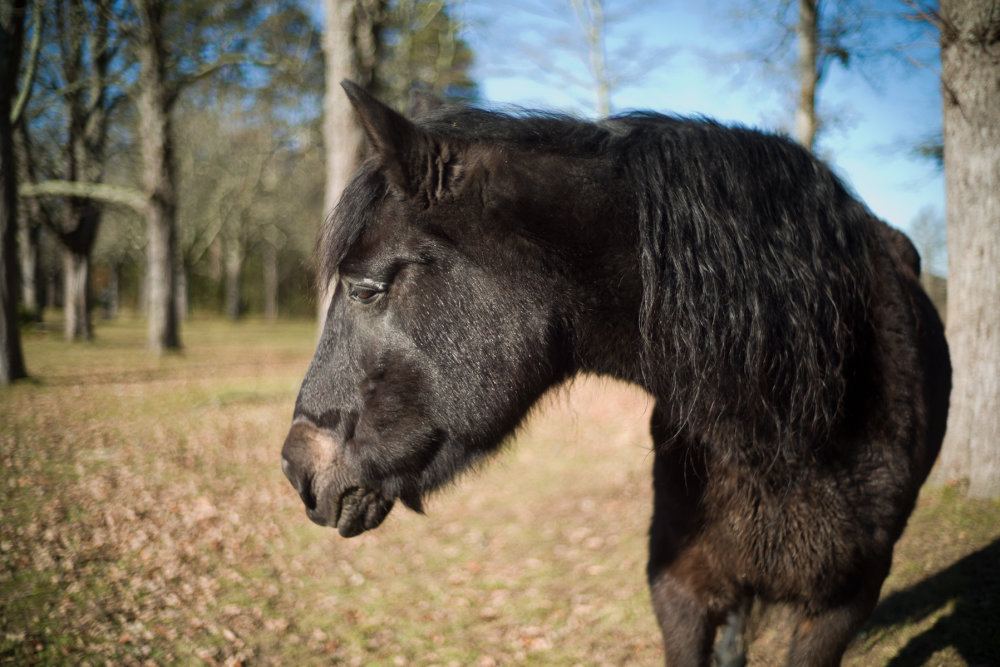
A reduction in protein consumption below the maintenance requirement may even be necessary depending on blood test results. However, the daily amount should not be more than 30% less, as this can lead to muscle atrophy, susceptibility to infection, loss of appetite or skin problems.
In addition to the total amount, the amino acid composition must also be taken into account in a liver diet: sufficient essential amino acids must be present, and so-called branched-chain amino acids can even support liver regeneration. Roughage with a protein content that is not too high, supplemented with high-quality protein sources like linseed cake for a sufficient supply of essential amino acids, makes a suitable diet for such horses. Feeds containing maize are high in the branched-chain amino acids leucine, isoleucine and valine.
Even in horses with chronic kidney disease, regular blood tests will provide information about the protein they need: if the blood urea level is elevated because excretion via the kidneys is not functioning adequately, it is recommended that protein consumption be limited, similar to a liver diet. However, horses with kidney disease often lose large amounts of protein via the urine because of the loss of the kidneys' filtering function. The supply of protein must then be adjusted so that the protein level in the blood remains constant despite elevated losses.
Of course, changes to the feeding plan and adjustments to protein consumption should only be made according to veterinary recommendations for ailing horses, and should never be carried out on your own. Calculation of special dietary rations can be done with the assistance of a veterinary surgeon specialized in nutrition.
Horses on a diet: ideal fat burning only with sufficient protein
Many horses and ponies are clearly overweight. High-energy roughage from heavily used fields, often unnecessary concentrate feed and comparatively little exercise will eventually lead to pronounced weight gain. Affected horses should lose weight to avoid complications such as premature joint degeneration or even laminitis. This is normally only possible through a reduction in feed quantities, since most horse owners don't have the time to exercise their horses for several hours each day. Reducing energy consumption by adjusting the quantity of feed will also reduce protein consumption.

The myth of protein and laminitis
Speaking of laminitis: in the spring, when tender, young grass is sprouting and the grazing periods get longer each day, many riders worry about their horses consuming too much protein. Indeed, grass at this time of year is very high-energy and can pose considerable health risks far beyond soft stools or light diarrhoea, especially for easy doers and overweight horses. Laminitis is one of the most dreaded equine diseases, and is often associated with the uncontrolled consumption of excessive nutrient-rich pasture grass.Contrary to what many people still believe, however, high protein content is not responsible for inflamed laminae and severe pain. Actually, it is the highly fluctuating sugar content of the grass that causes the horse's insulin level to rise sharply; if the horse is insulin-resistant, this can lead to inflammation of the laminae. The exact mechanisms of the resulting cascade are not yet conclusively understood. Nevertheless, it is accepted as fact that easily digestible sugars such as fructans are causally involved.
But a word of caution: even if protein was wrongly suspected in the past as a cause of laminitis, overweight horses should not be given more protein than they need without a second thought. If daily protein consumption exceeds the required amount, the body will use the excess amino acids to produce energy. And energy that is not expended is converted by the body into fat deposits. A high proportion of fat will in turn encourage the development of insulin resistance, a factor in laminitis.
Excess protein: the dose makes the poison
A protein deficiency is rare today – a protein surplus is more common, especially in horses. The good news is that up to three times the daily protein requirement is not harmful for healthy horses, even over longer periods of time.
The body will use the excess amino acids absorbed in the small intestine as energy. The breaking down of amino acids creates ammonia, which the organism does not need. Ammonia itself is toxic, however, which is why the liver converts it to urea, which is then eliminated through the kidneys. Even with sport horses, an oversupply of prececal crude protein should be avoided so as not to overtax the horse's metabolism. With endurance horses, for example, it's been shown that horses with higher levels of urea in their blood do not perform as well.
Protein that passes undigested to the large intestine serves as a source of energy for gut bacteria and in the creation of microbial protein. As metabolic products of protein-degrading bacteria, problematic compounds like ammonia, hydrogen sulphide and biogenic amines also enter the horse's large intestine and even the blood. Although the horse can detoxify these harmful substances, the processes necessary to do so are also a burden on the organism.
A very sudden excess of protein in the large intestine can also lead to abrupt changes in the composition of gut bacteria. These changes manifest themselves in the form of excessive gas formation (bloating), soft, foul-smelling excrement or even diarrhoea. Worst case, it can lead to colic. Therefore, horses should always be allowed to feed on high-protein, high-sugar young grass gradually, through controlled turnout.
AGROBS product line: The right amount of protein for all ages
- Myo Protein Flakes, Luzernecobs, Luzerne +: High-protein roughage for times of increased protein requirements (breeding, muscle growth) or to compensate low-protein base feed (over-mature hay, increased straw feeding)
- Horse Alpin Senior: essential amino acids from Myoalpin® fibres and branched-chain amino acids from corn flakes for loss of substance or muscle tone in older horses
- Haferwiese Sportmüsli: Provides energy to sport horses through easily digestible oat starch combined with high-quality amino acids from lucerne, high-protein fibres, linseed cake, and sunflower seeds
- Amino Pur: with spirulina algae, rich essential amino acids, for horses in reconditioning or easy-doer horses and ponies in combination with a reduced-feed diet
- Pre Alpin Protein Light Flakes: For horses whose rations may not contain too much total protein (for ailing horses or high-performance horses to compensate for a high-protein roughage)
Celina Hofmann, Tierärztin
Oktober 2020, © AGROBS GmbH
Sources:
- Coenen, M.; Vervuert I.: Pferdefütterung. Georg Thieme Verlag KG, Stuttgart, 2020
- Kamphues, J.; Coenen, M.; Eider, K.; Iben, C.; Kienzle E.; Liesegang, A.; Männer, K.; Wolf, P.; Zebeli, Q.; Zentek, J.: Supplemente zur Tierernährung: für Studium und Praxis. Schlütersche, 2014
- Geor, R.J.; Harris, P.A., Coenen, M.: Equine Applied and Clinical Nutrition: Health, Welfare and Performance. Saunders Elsevier, 2013
- Gesellschaft für Ernährungsphysiologie. Empfehlungen zur Energie- und Nährstoffversorgung von Pferden. DLG Verlag, 2014

 German
German French
French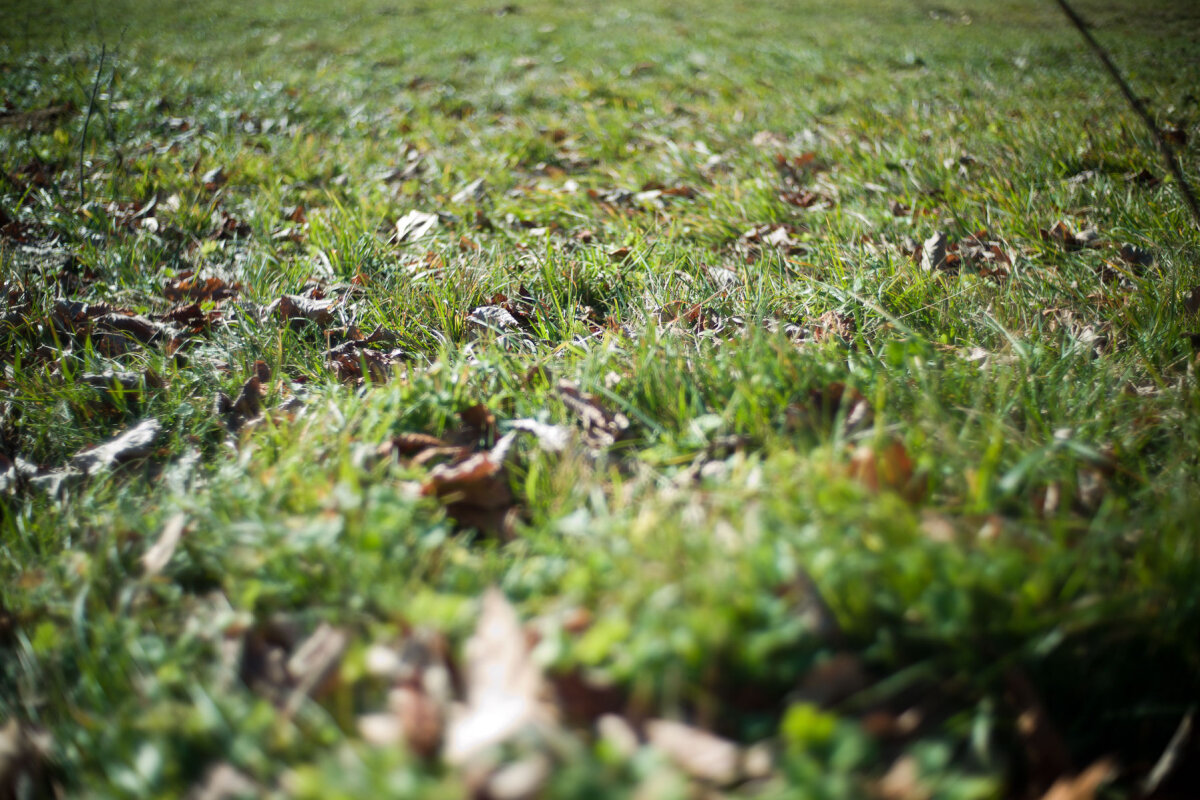
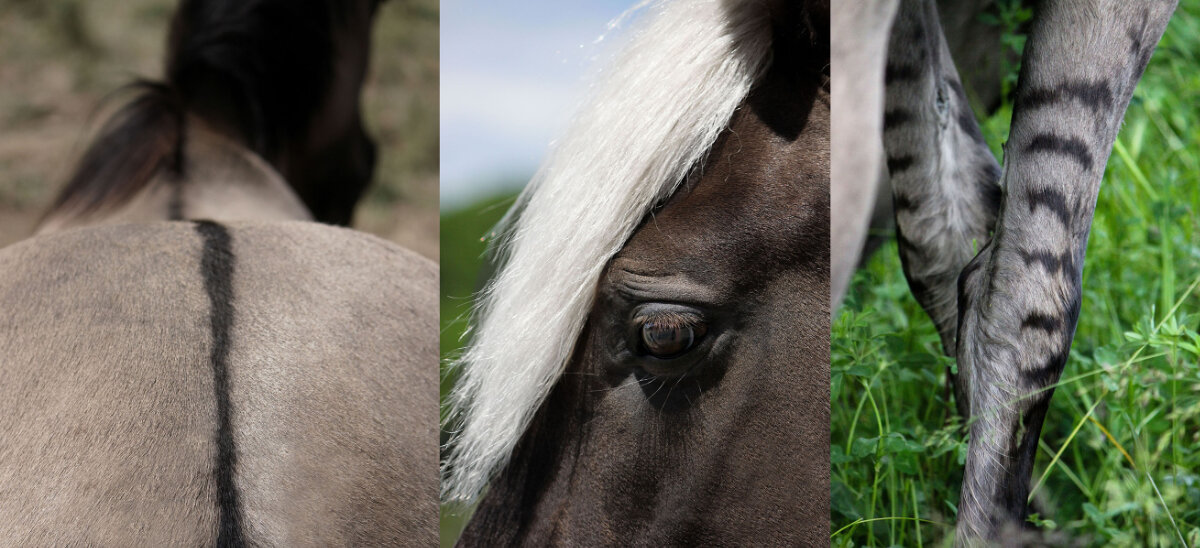
-for-horses.jpg)
